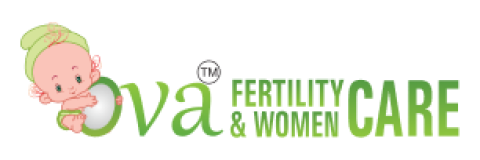Description
Laser Assisted Hatching
Hatching is a crucial step in the process of implantation. Usually the embryos are protected by an outer covering or shell called the Zona pellucida. At the time of implantation, the zona thins out and the embryo hatch out of the shell and adhere to the womb. One of the reason for repeated IVF failure could be due to failure of the embryos to hatch out of the shell.
What is Assisted Hatching?
Assisted hatching is a laboratory procedure, which involves either thinning or drilling a hole in the outer shell Zona pellucida. It is done prior to embryo transfer either in the early stage of embryo development (on day 3), when they are in 6-8 cell stage or on Day 5 when they are in blastocyst stage.
Methods of Assisted Hatching:
Mechanical
Chemical (Acid Tyrode)
Enzyme (Pronase)
Laser
Is Assisted Hatching mandatory for all?
Current research studies shows that there are no evidence of benefits in general patient population but beneficial in certain cases like:
Advanced maternal age (≥38 years)
High FSH levels
When the Zona pellucida is thick (>10 µm)
Repeated Implantation failure (Usually 3 or more IVF/ICSI cycles)
Frozen Embryo transfer cycles
Poor prognosis embryos (where the energy levels for normal hatching may be insufficient)
Is Laser Assisted Hatching harmful?
When compared to other methods, Laser assisted hatching is a safe method and does not harm the embryos. It creates hole in the outer shell and thereby improve the chances of implantation.
Laser Assisted Hatching Treatment - Ova Fertility and Women Care
Studies have shown that Assisted Hatching improves overall implantation rate and pregnancy rate in selected group.
Extras
Reviews
To write a review, you must login first.



